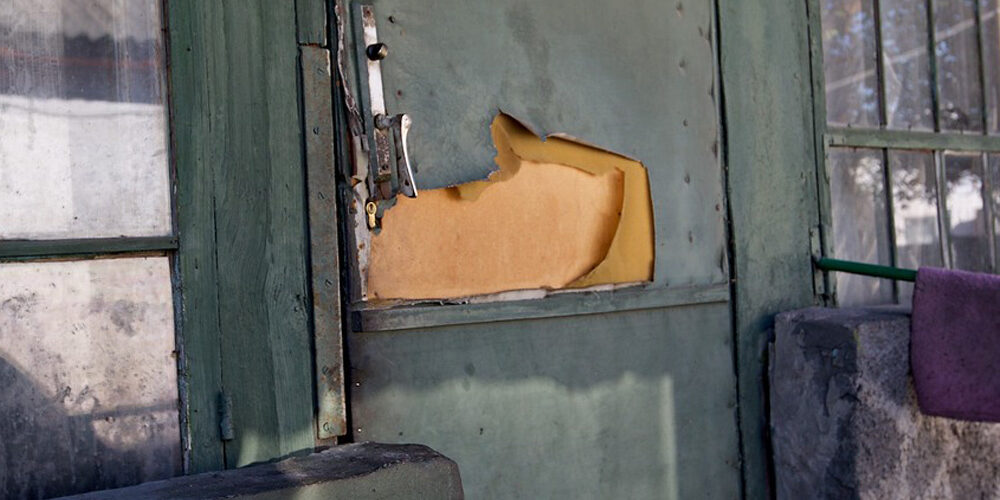As we’ve spotlighted many times on this blog, human traffickers view children that lack families as the ideal target. The new 2018 Trafficking in Persons Report paints a vivid picture of this tragic reality worldwide. It underscores a simple truth: if we care about human trafficking, one powerful way to turn abstract indignation into concrete action is to welcome orphaned children and foster youth into consistent relationships and loving homes.
The annual report highlights trafficking risks around the world, from forced labor to sexual exploitation. Page by page, the reader is confronted with the world at its most broken…as well as hopeful trends as governments, NGOs and leaders seek to combat this evil.
The immense vulnerability of children who have been orphaned – whether as a result of death, abandonment, neglect or incapacity – is inescapable. Consider this sampling of quotes from country-level analysis:
- Burkina Faso: Burkinabe children—including orphan street children—are transported to Cote d’Ivoire, Mali, and Niger for forced labor or sex trafficking.
- Burundi: Some orphaned girls are exploited in prostitution, with boys acting as their facilitators, to pay for school, food, and shelter.
- Eswatini (formerly Swaziland): Swazi girls, particularly orphans, are subjected to sex trafficking and domestic servitude, primarily in Eswatini and South Africa.
- Lesotho: [C]hildren, especially orphans who migrate to urban areas, increasingly are subjected to sex trafficking.
- Liberia: Orphaned children are vulnerable to exploitation, including in street selling and child sex trafficking.
- Lithuania: The approximately 4,000 boys and girls institutionalized in approximately 90 orphanages are especially vulnerable to trafficking
- Malaysia: Traffickers exploit Malaysian orphans and children from refugee communities for forced begging.
- Moldova: Children, living on the street or in orphanages, remain vulnerable to exploitation.
- Romania: Perennial problems of abuse and neglect of institutionalized children and the lack of proactive identification in government facilities left children in placement centers and orphanages vulnerable to trafficking.
- South Sudan: These groups, including orphaned children, are at increased risk of trafficking and other forms of exploitation.
- Ukraine: The approximately 82,000-200,000 children institutionalized in state-run orphanages were especially vulnerable to trafficking.
Of course, this danger is not just in far off places. It lurks within the U.S. foster system, too. In testimony before Congress, a young woman who spent her childhood in U.S. foster care explained why children without families are so vulnerable. As “T” Ortiz described, “[T]raffickers/pimps/exploiters have no fear of punishment because they rely on the lack of attention that occurs when these young people go missing…There are no amber alerts, no posters, when youth from the foster care system go missing.”
Just as significant, the absence of consistent love and affirmation can make these young people all the more eager for the false affection and belonging that traffickers promise. “T” described this reality in heartbreaking words, explaining why she was so drawn to the man who exploited her. “For myself, as unfortunate as it is to say, the most consistent relationship I ever had in care was with my pimp and his family.”
“[T]he most consistent relationship I ever had in care was with my pimp and his family.”
This explains why studies consistently show that between 60 and 85 percent plus of child victims of trafficking in the US come from the foster system. Whether in the US or around the world, children growing up without families are the most vulnerable beings on the planet.
Significantly, the 2018 Trafficking in Persons Report puts new emphasis on the unique vulnerability to trafficking faced by children growing up in orphanages. The special section describes,
“Children in institutional care, including government-run facilities, can be easy targets for traffickers…Children are especially vulnerable when traffickers recognize and take advantage of this need for emotional bonding stemming from the absence of stable parental figures. In addition, the rigid schedules and social isolation of residential institutions offer traffickers a tactical advantage, as they can coerce children to leave and find ways to exploit them…
“Even when a child leaves or ages out of a residential institution, the vulnerability to human trafficking continues…Some traffickers, in recognizing the heightened vulnerability of these children, wait for and target those who leave or age out of institutions.”
Of course, it would not have been possible for the report’s two pages on issues related to institutional care to delve into their many nuances. It is important to acknowledge – even as we point decisively toward the ideal of safe, nurturing family – that some residential care situations are vastly better than others. Likewise, residential care sometimes represents the best current alternative to life on the streets or in an abusive home.
Children that lack caring adult relationships have a trafficker’s bullseye painted on their backs.
What we can express with confidence, however, is that God designed the family as the best environment for children. Safe, permanent, nurturing family must be our goal whenever possible. And when it isn’t, we must press toward solutions that are as close to that ideal as we can. Children that lack committed relationships have a trafficker’s bullseye painted on their backs.
But the opposite is also true: when a child experiences the protection and love of at least one consistent, caring adult relationship, human traffickers are far more likely to see them as out of reach.
If we care about human trafficking, we must care for orphaned children and foster youth.

